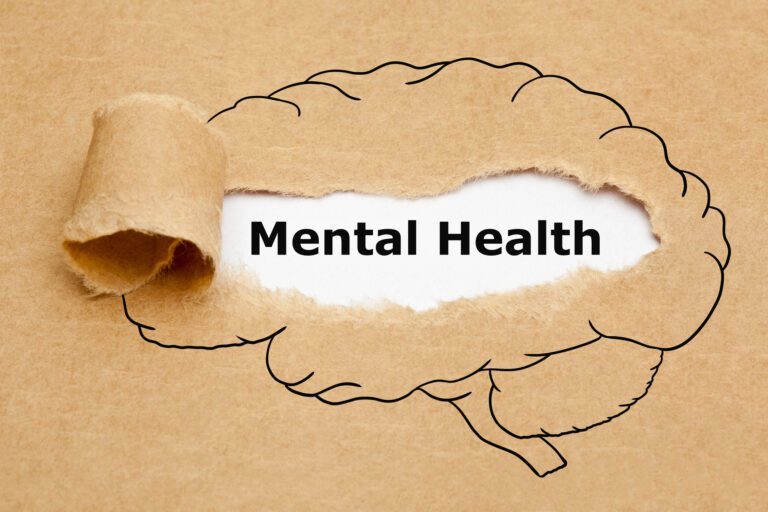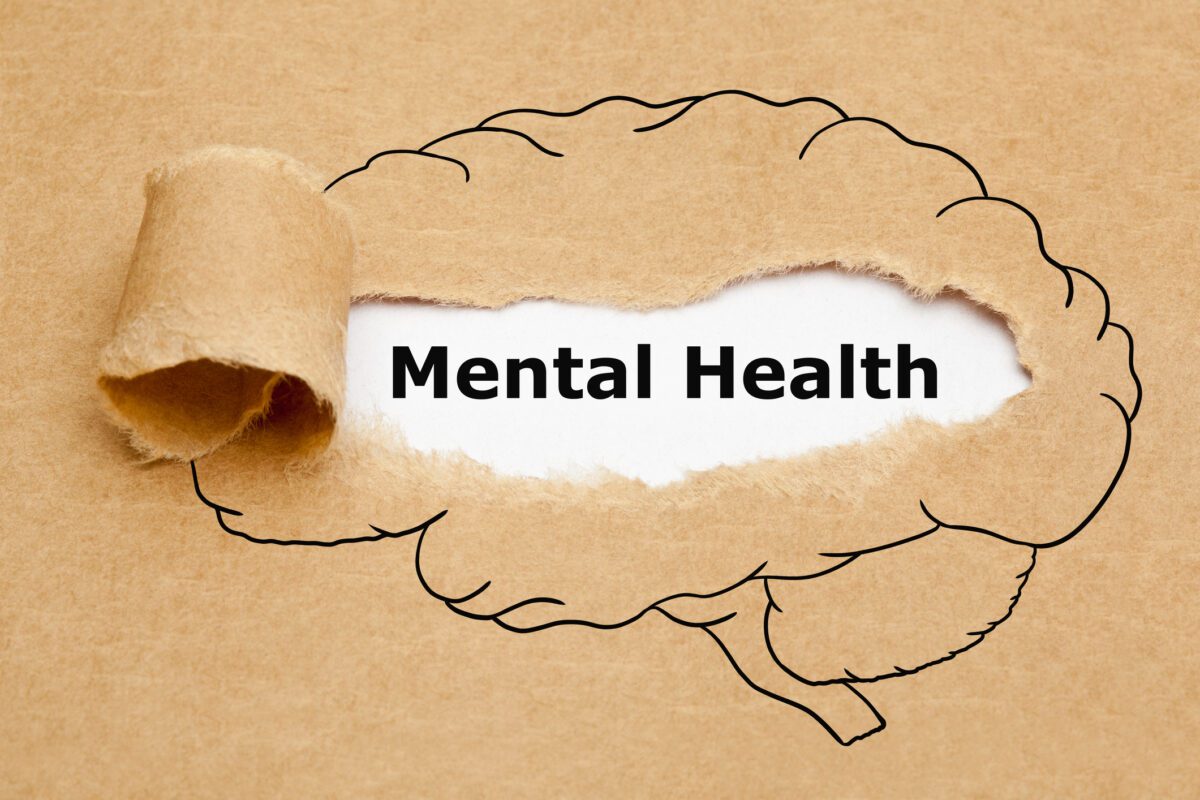About 40 million Americans live with an anxiety disorder. Anxiety disorders can range from a generalized anxiety disorder (GAD), which is intense, uncontrollable worrying, to panic disorder- where one presents with sudden episodes of panic and fear, along with heart palpitations, sweating or shortness of breath. Anti-anxiety medications and therapy may help manage or reduce anxiety, but there are many other ways an individual can reduce their own stress and anxiety using healthy coping skills and making healthy lifestyle changes. Here are some suggestions to help relax the mind and stop the racing thoughts that may be present with anxiety.
- Stay in the present moment. Anxiety is worrying about the future. Instead of worrying about what may happen, it is important to come back to the moment.
- Practice labeling what is happening. Experiencing feelings of panic can physically and emotionally wear an individual out. It is important to talk to oneself and name and label the feeling, help self soothe and coach oneself back to the moment. The goal is to get out of the fight-or-flight response.
- Don’t catastrophize or fixate on the worst case scenario. Practice positive self affirmation, name the feeling and rethink the fear. Training the brain to stay rational will help reduce anxiety.
- Deep Breathing- Inhale for 3 counts and exhale for 3 counts. Make sure to fully exhale in order to decrease the fight-or-flight response
- Follow the 3-3-3- rule. Look around and name three things you see. Name three sounds you hear and move three parts of your body. This mental trick can help your senses bring you back to the moment.
- Do something to interrupt the thought. Stand up, take a walk, make a phone call, or go talk to a coworker. Distracting yourself and putting space between the thought and action helps regain a sense of control.
- Pull your shoulders back, stand and sit with your feet apart and open up your chest. This helps guide your body that it’s back in control, and there is no reason to fear any longer.
- Make a pro and con list when trying to make a decision.
- Exercise daily, practice stretching, yoga, walking with friends.
- Write down your fears on paper. Are they realistic or not?














